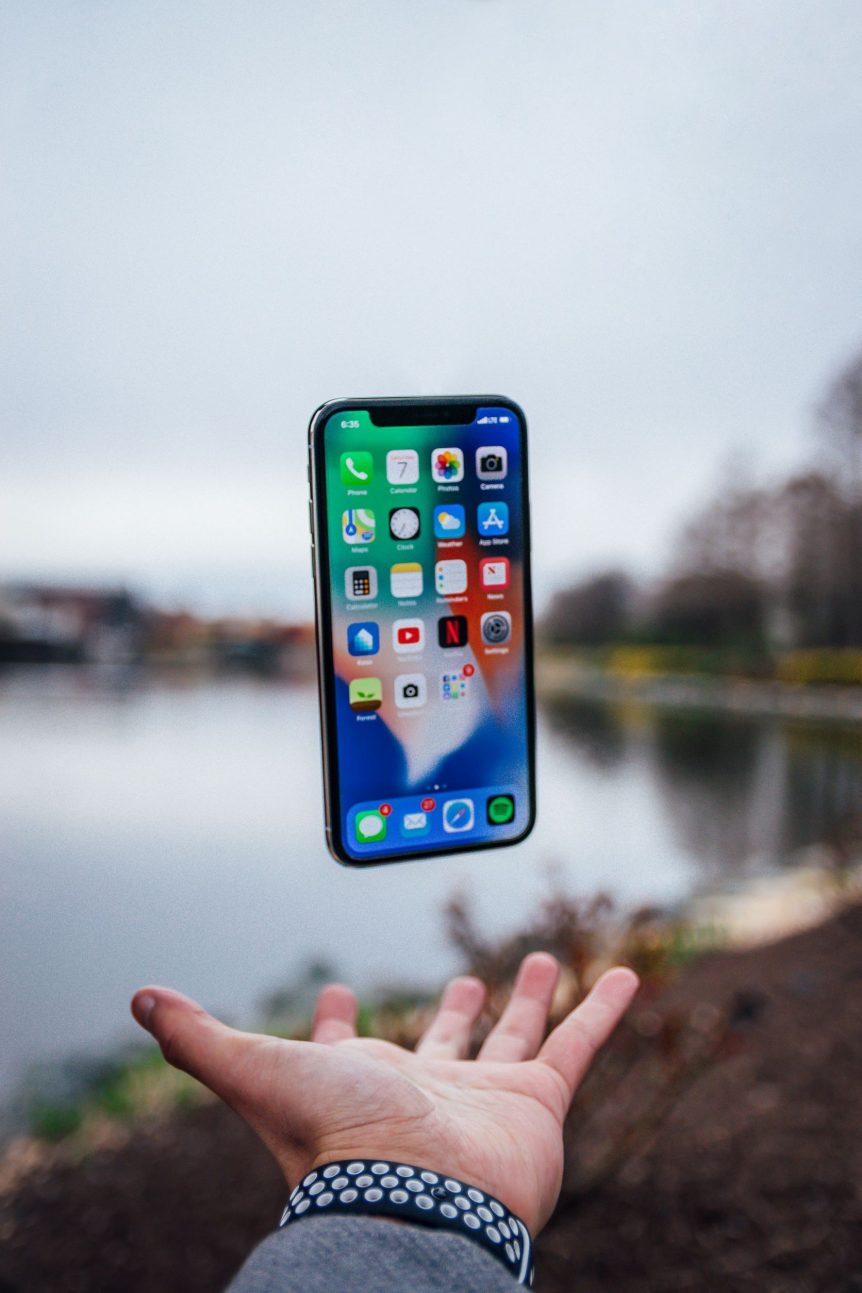By Charles Pitman
In February of 2022, CSAR announced its first-ever blog contest, open to both backcountry search and rescue members and non-members. The contest was judged by Matt Lanning of Chaffee County SAR South, Ben Wilson of Rocky Mountain Rescue Group, and Lisa Sparhawk of CSAR. This article by Charles Pitman, mission coordinator for the Summit County Rescue Group, won first place in the public education category for SAR members and was recently published in the Summit Daily News.
These days almost everyone carries a cell phone, including when hiking in the backcountry. It provides some feeling of security should you get into trouble.
But can you rely on that phone to summon help in an emergency? Possibly.
The phone needs two things: (1) to ‘see’ a cell phone tower and (2) a reasonably charged battery. Hikers have a lot of control over one of these, and some potential control over the other.
A mobile phone will constantly seek out a tower with which it can communicate. However, that searching comes with a price, using battery power. If there is no cell tower around, the phone battery can drain quickly and you are doing nothing more than carrying the phone in your pocket.
The first words a mission coordinator (MC) often hears from a distraught party are, “I have to talk fast. I only have 2% battery left.” But you can easily control battery drain. Turn the phone off at the start of your hike, or, alternatively, place it in airplane mode. A good GPS app will work just fine with the phone in airplane mode. Try it on a short walk.
Cold weather is the death of batteries, a major consideration during winter. Always keep the device in an inside pocket next to your body where it stays warm.
But a phone with a well charged battery still needs to ‘see’ a cell tower in order to make a call, a common problem in Summit County’s backcountry. If you find you have no service, in some areas you can walk down a trail while frequently looking at your phone. With luck you may suddenly see two or three bars of service. This may last for only a few yards, but, for example, there are places far north of Silverthorne on the Gore Range Trail that this occurs. If you are paying attention, it can be a life saver.
Another option is to walk to a higher altitude if possible. This is especially effective on peaks such as Quandary. If you are down in the woods a cell phone connection is problematic to impossible. Walk up a couple hundred vertical feet, and you might find two or three bars of service.
Texting uses far less battery power than talking. If you can’t call 911 (the best option), try texting; text with the MC; if you have very low battery power, place the phone in airplane mode and only check texts every 15 or 20 minutes and make certain the MC understands what you will be doing.
When you call for help, you are supposedly in a desperate situation, whether lost or injured. The dispatch operator is going to immediately contact the on-call MC, and will also obtain, if possible, coordinates from your phone. This will occur with you doing nothing additional. The coordinates are generally, but not always, relatively accurate.
Shortly after your call to dispatch, the MC will call you for critical information on location and injuries. That is impossible if you are on the phone, using up battery power, talking with your mom in Florida. This is not an uncommon occurrence and very frustrating for the MC. Resist the urge to call anyone, except perhaps to text someone to notify them that you will be late returning home.
Finally, if you have no cell service with your carrier, in an emergency most phones will allow a 911 call on any available carrier. It’s worth a try.
With these points in mind, it is easy to keep your phone battery well charged. In an emergency, it could be your lifeline to a rescue.

